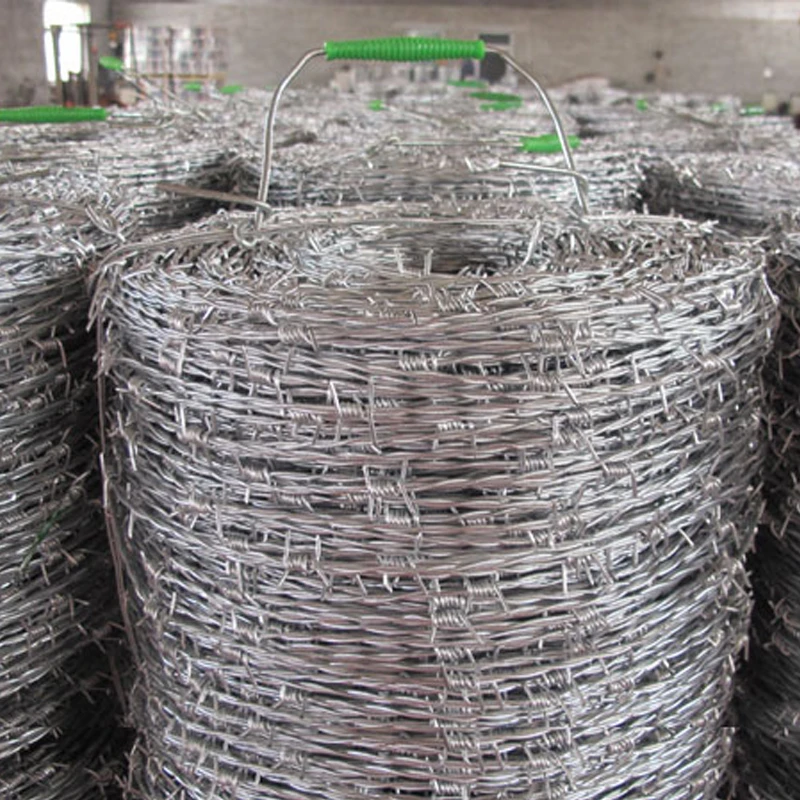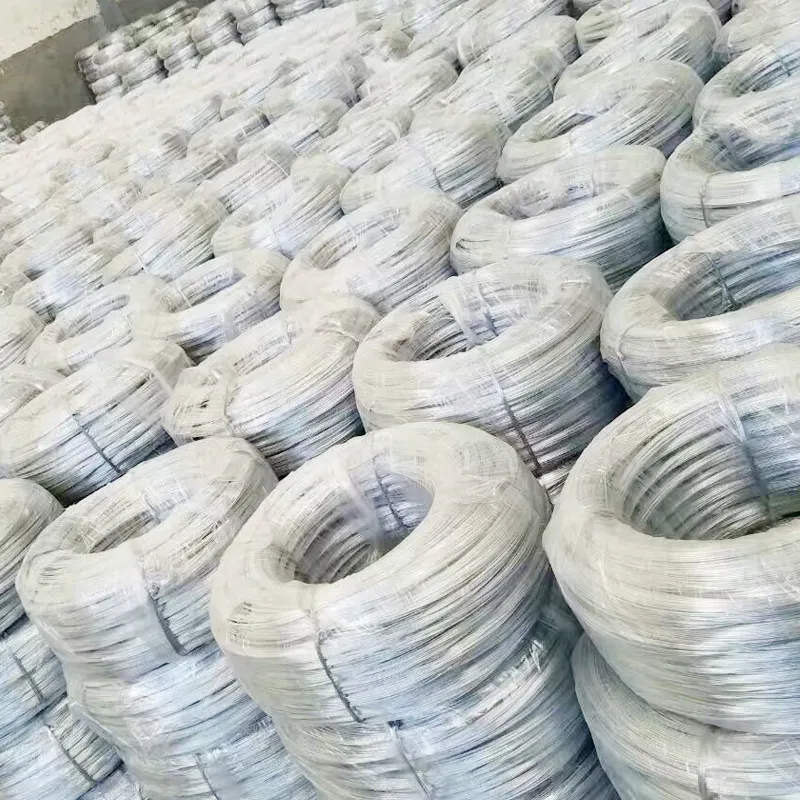

In industrial contexts, perforated metal mesh stands out with its aesthetic versatility. Available in various patterns and hole sizes, it serves both functional and decorative purposes. Architects and designers often opt for this type for building facades and interior accents, benefiting from its blend of durability and visual appeal. Furthermore, in noise control applications, its acoustic properties are utilized to create barriers that absorb sound, enhancing environments by reducing noise pollution. Gabion mesh demonstrates the importance of wire mesh in environmental engineering. These are wire mesh containers filled with stones, employed in landscaping and erosion control. Their strength and permeability provide a sustainable solution for retaining walls and riverbank stabilization, reflecting an integration of engineering with ecological considerations. The diverse range of mesh wire types exemplifies the material’s versatility and indispensability across various fields. Advancements in production technologies continue to expand their applications, driving innovation and efficiency in traditional settings. For professionals seeking reliable, tailored solutions, understanding the specific advantages of each mesh type can enhance decision-making, ultimately leading to projects that are not only structurally sound but also effectively address individual demands. In conclusion, mesh wire types are defined by their distinct characteristics, making them indispensable tools for myriad applications. By aligning the right type with the appropriate use case, industries can harness the full potential of mesh wire, enhancing both the quality and sustainability of their projects. This comprehensive understanding fosters a holistic approach, improving outcomes and ensuring that industry standards are not only met but exceeded.

















